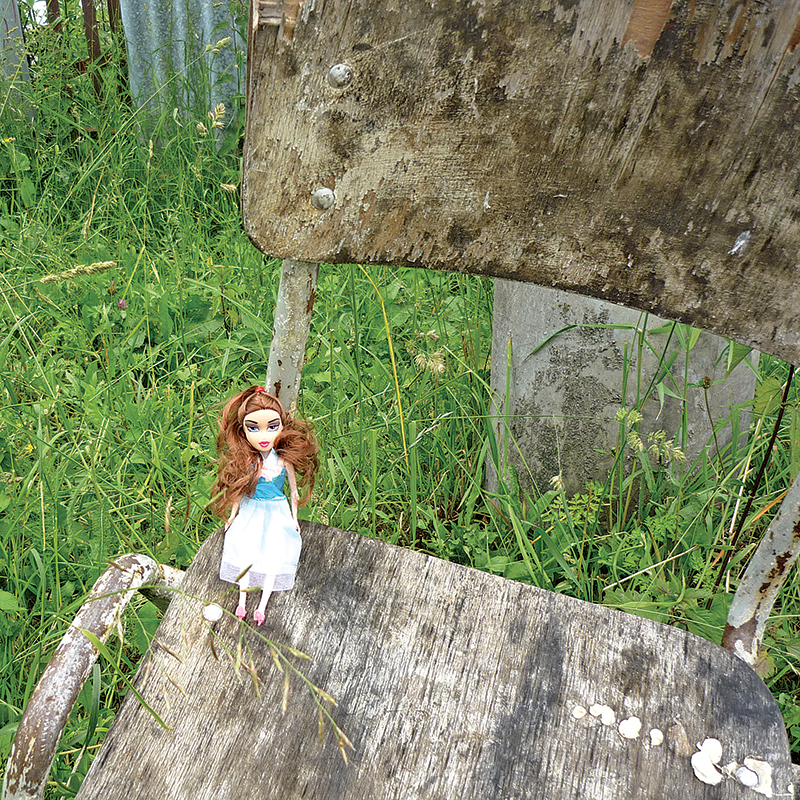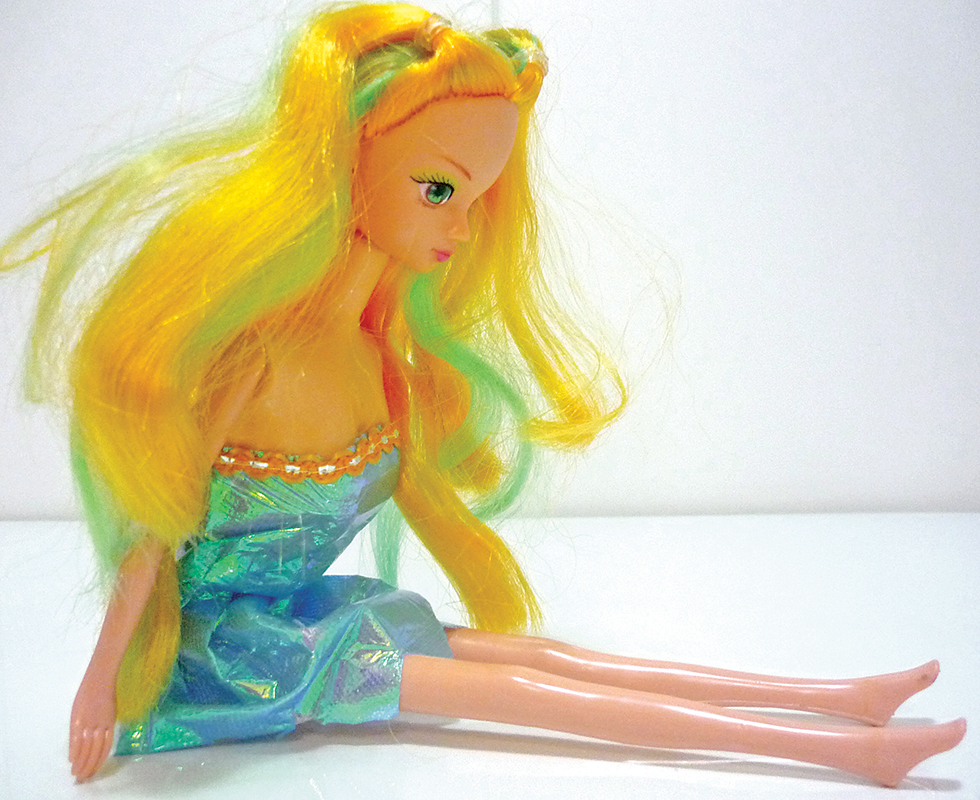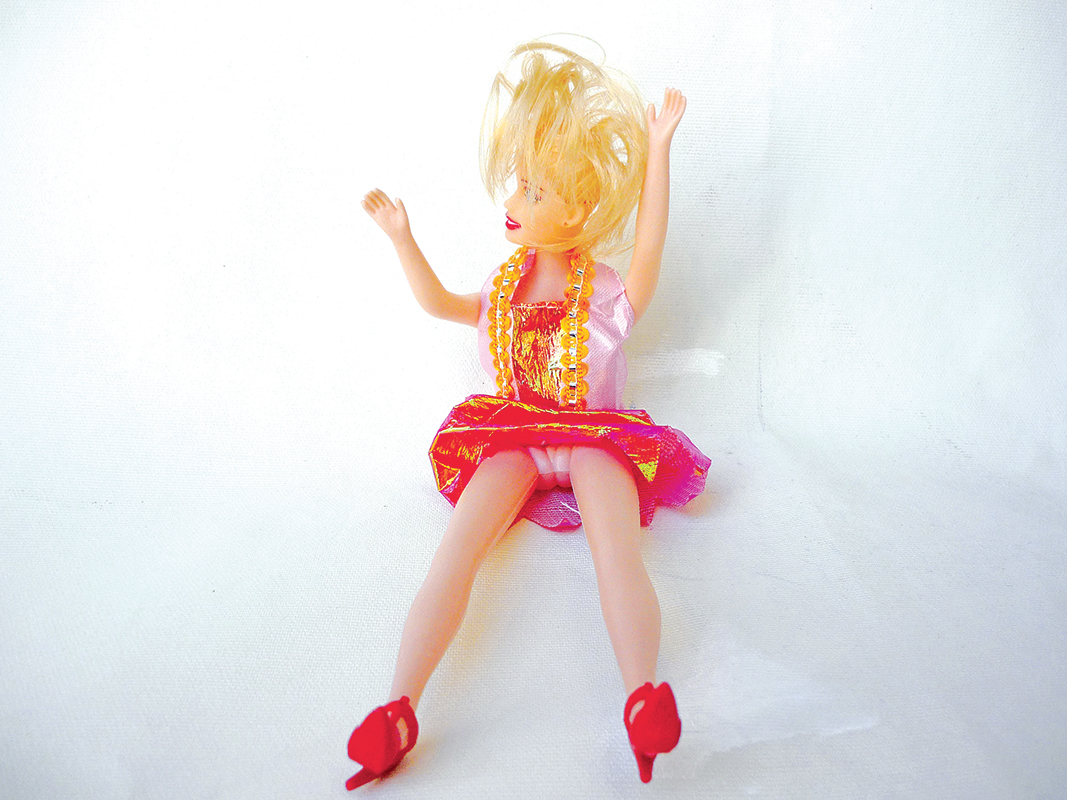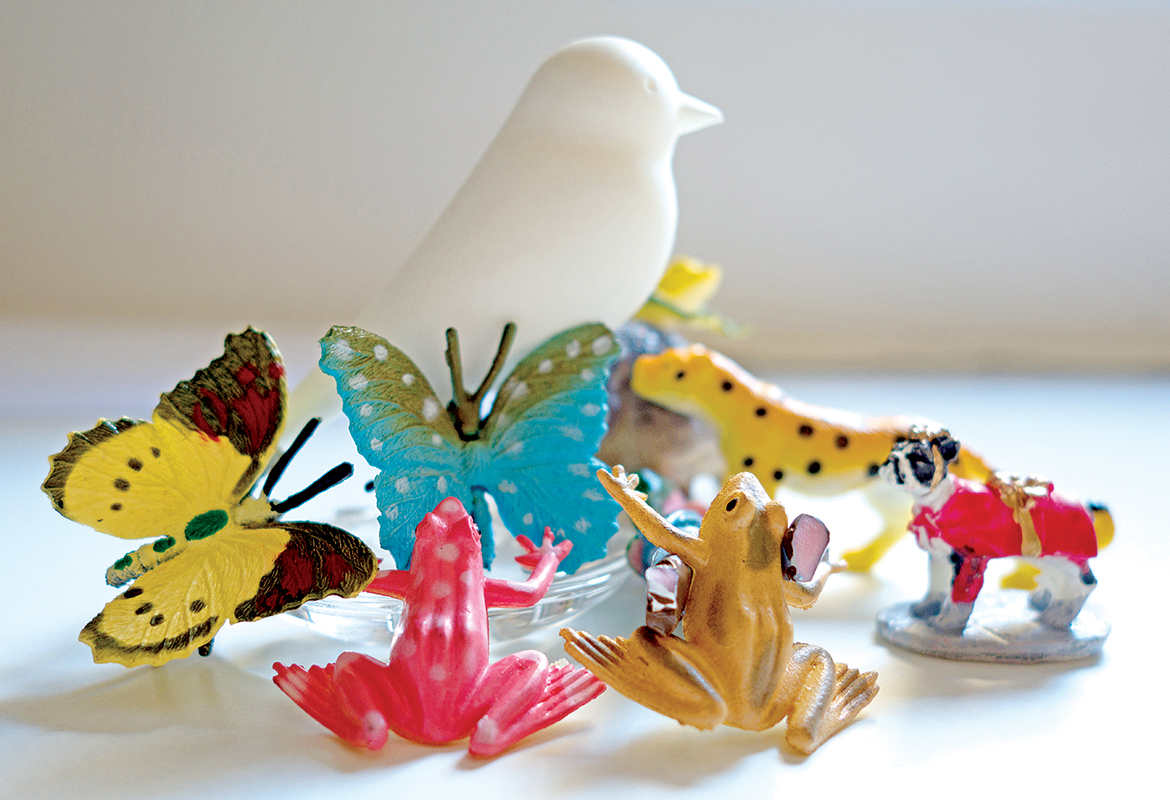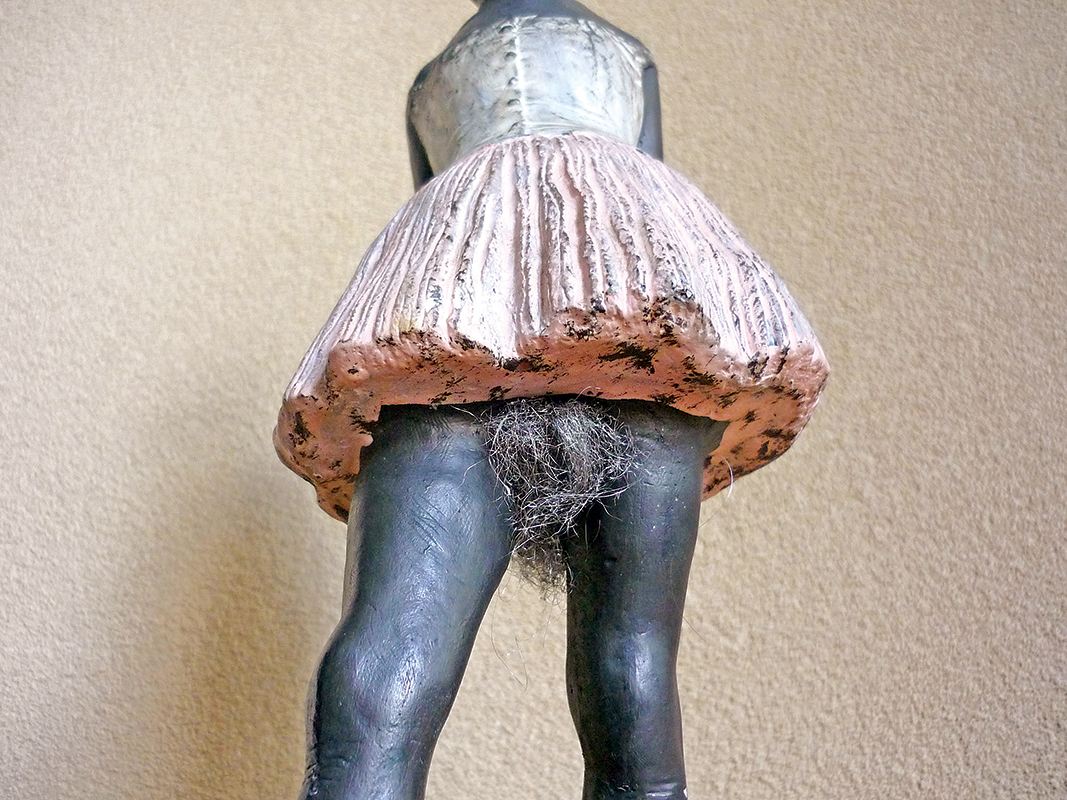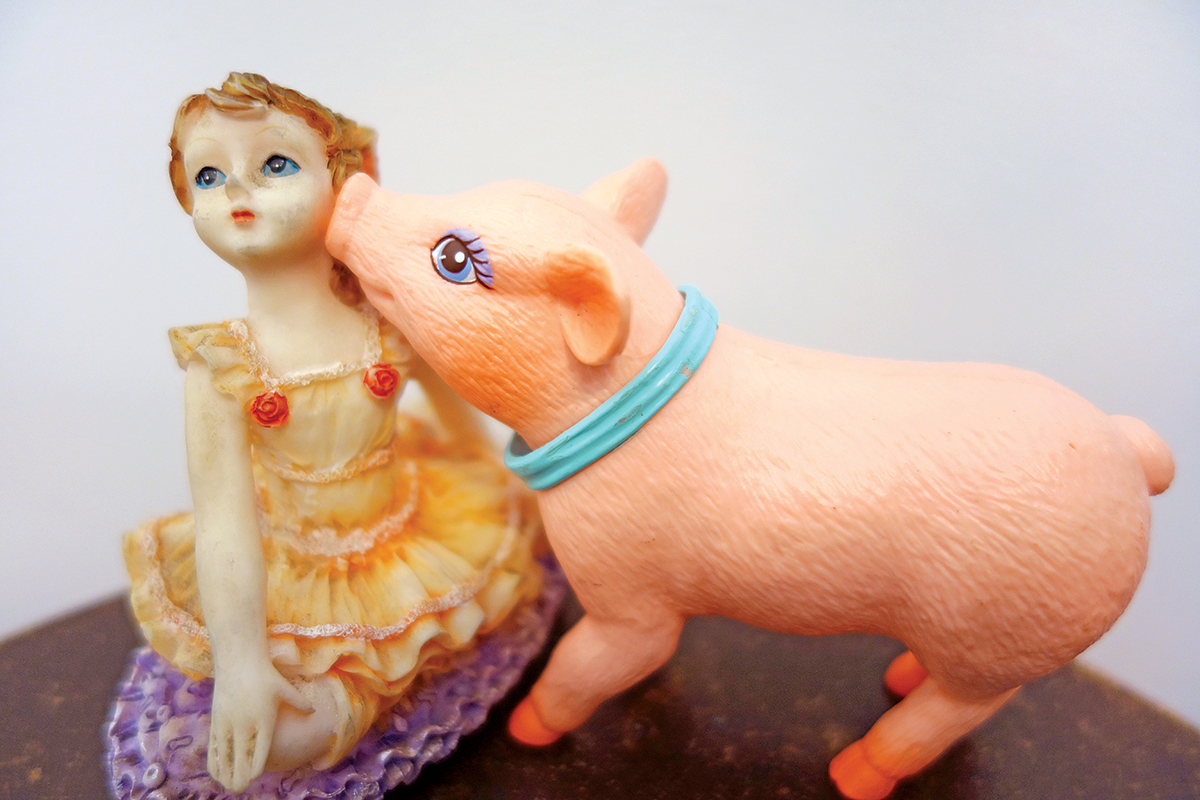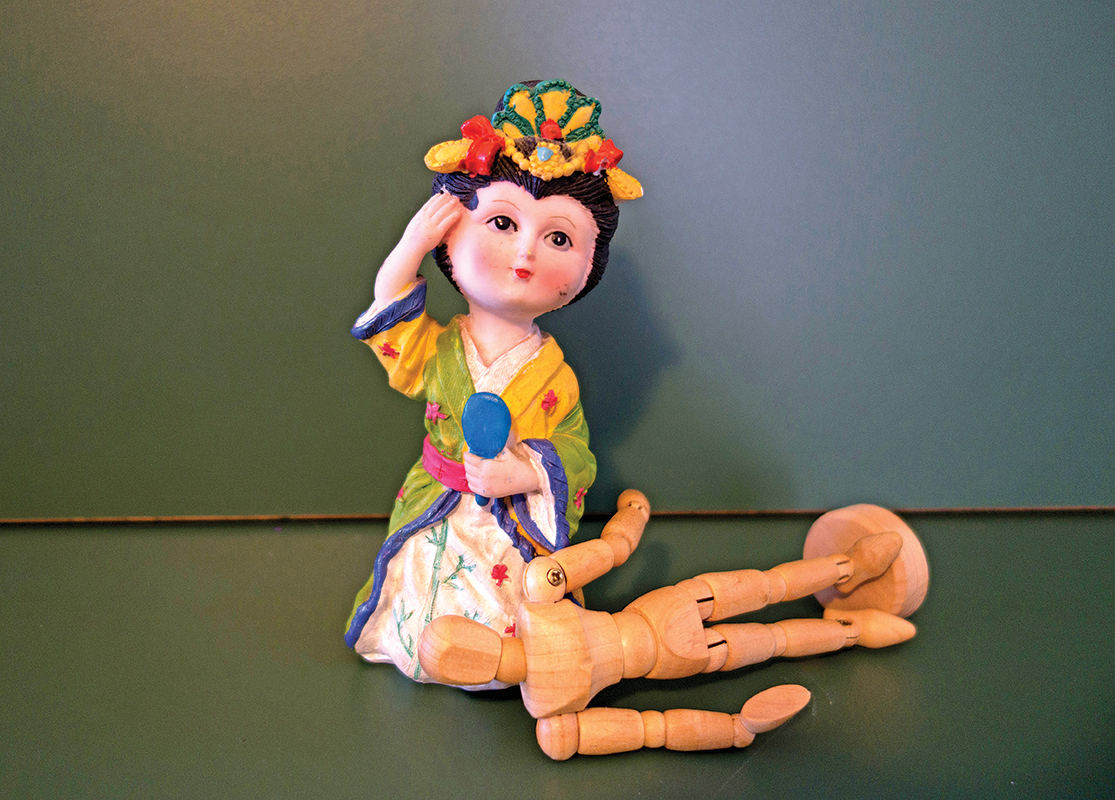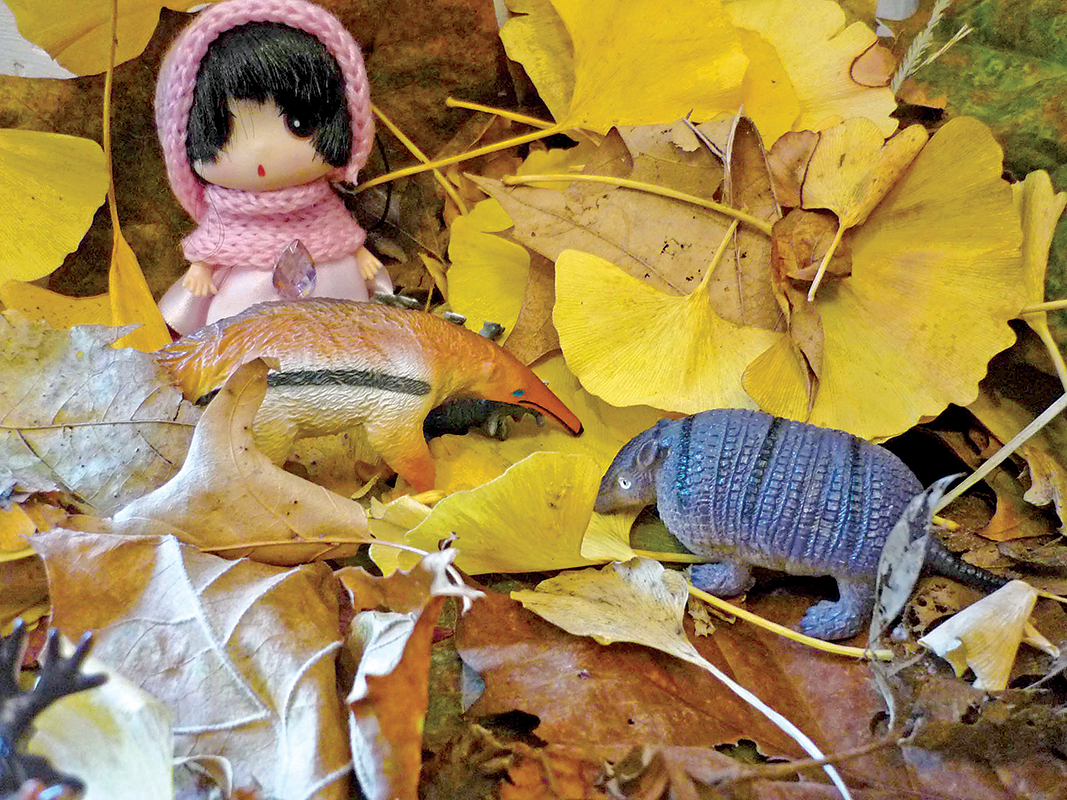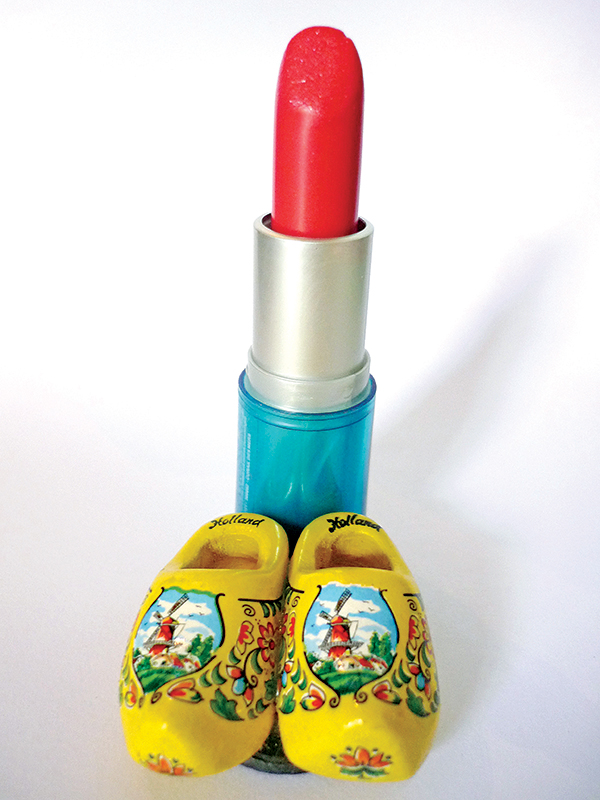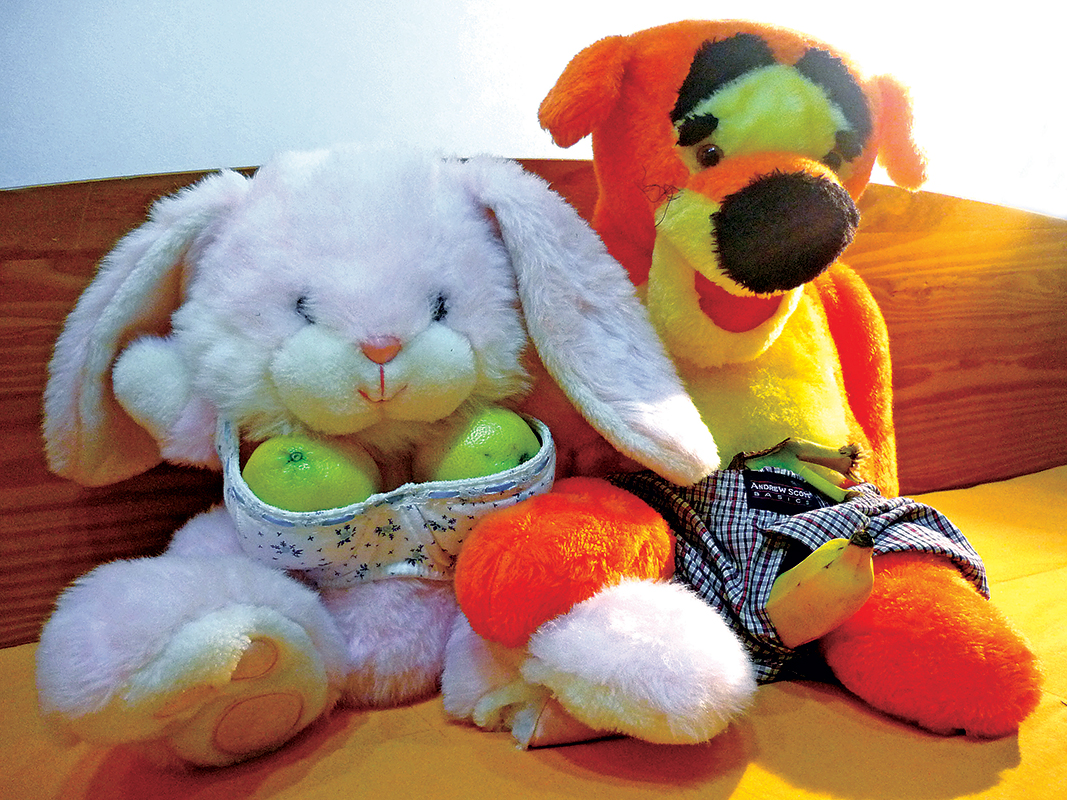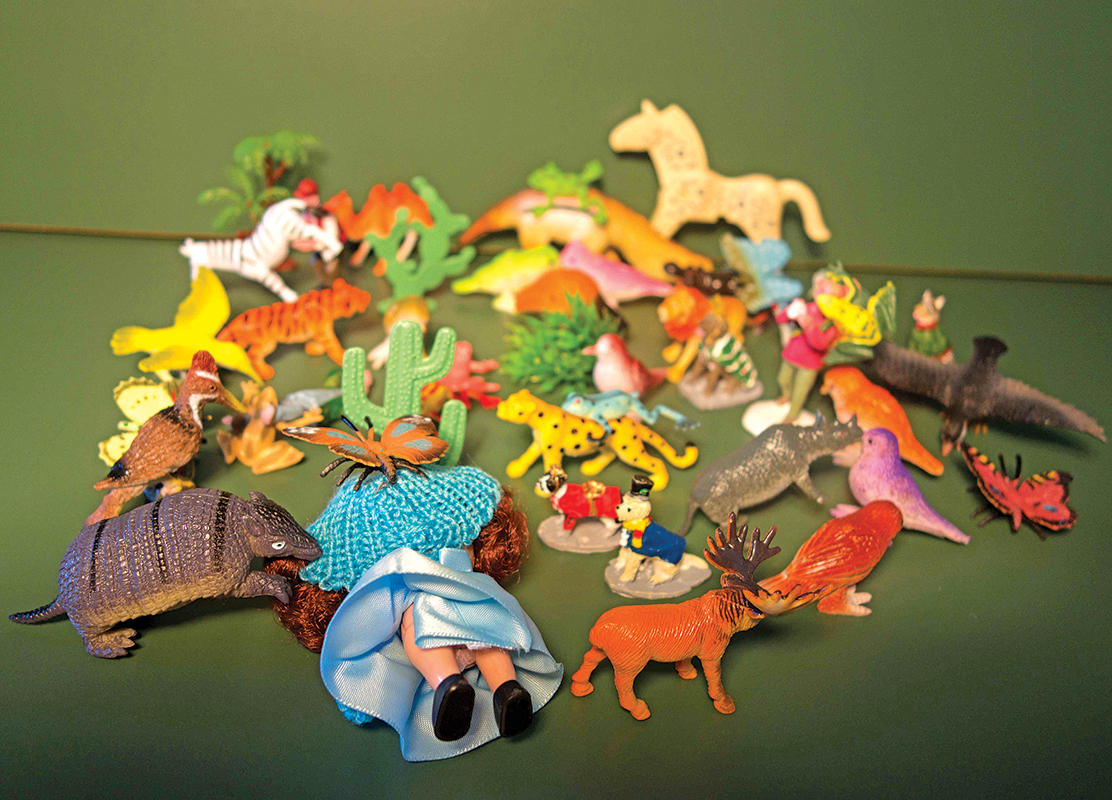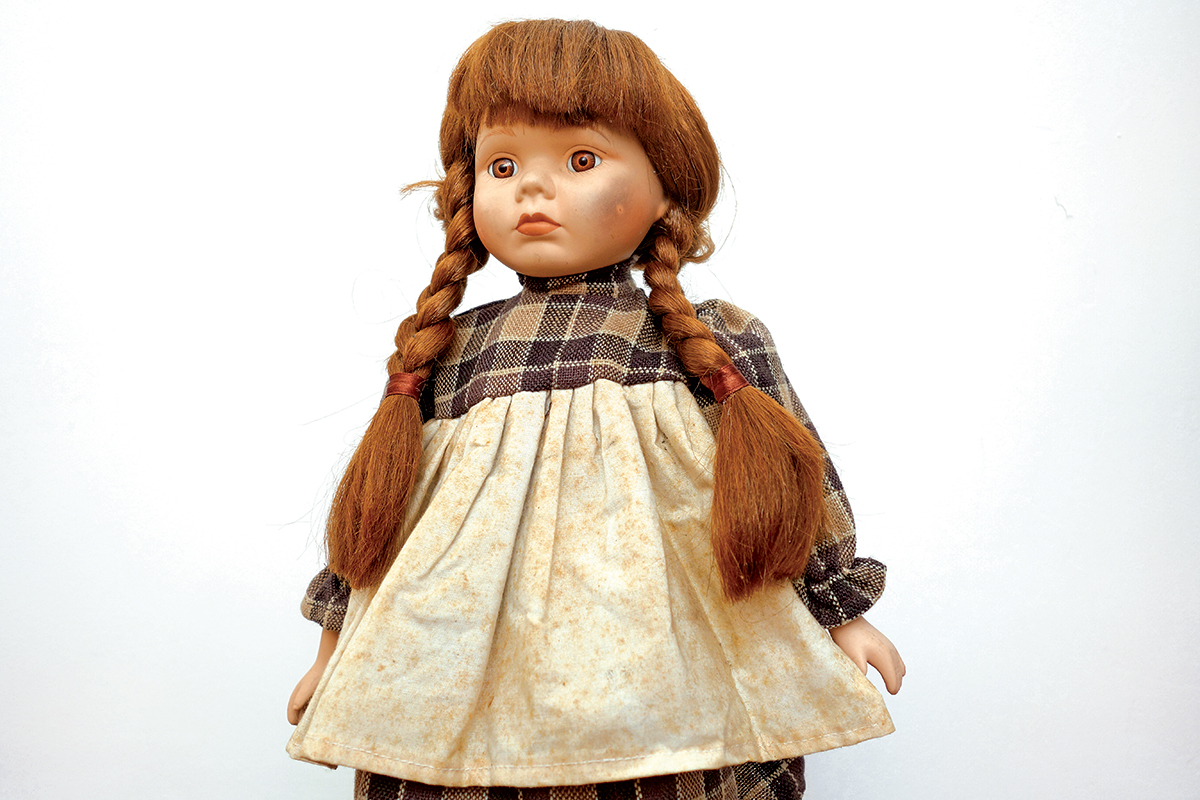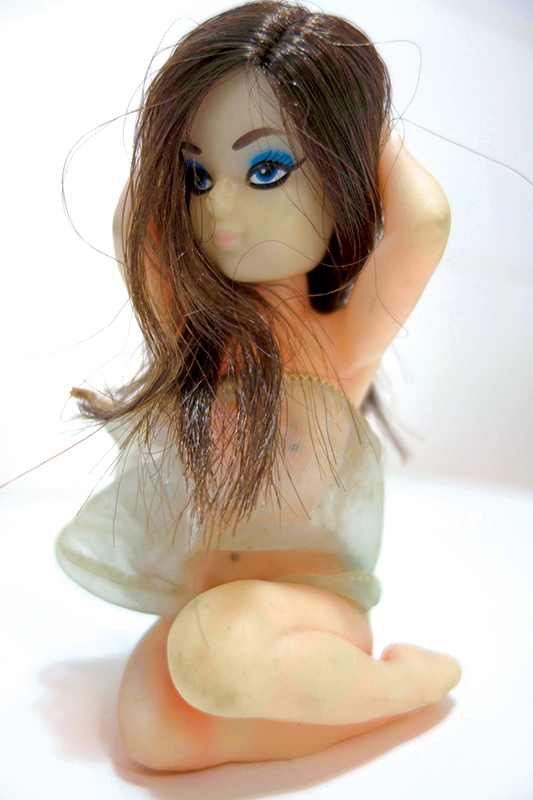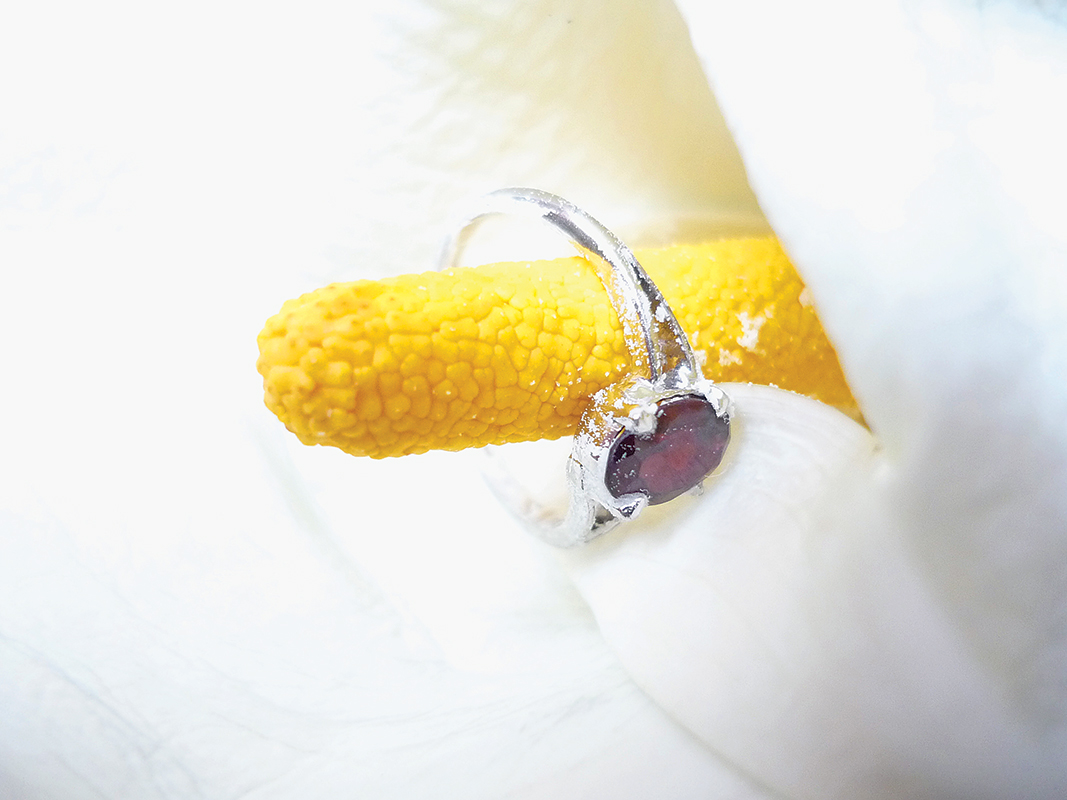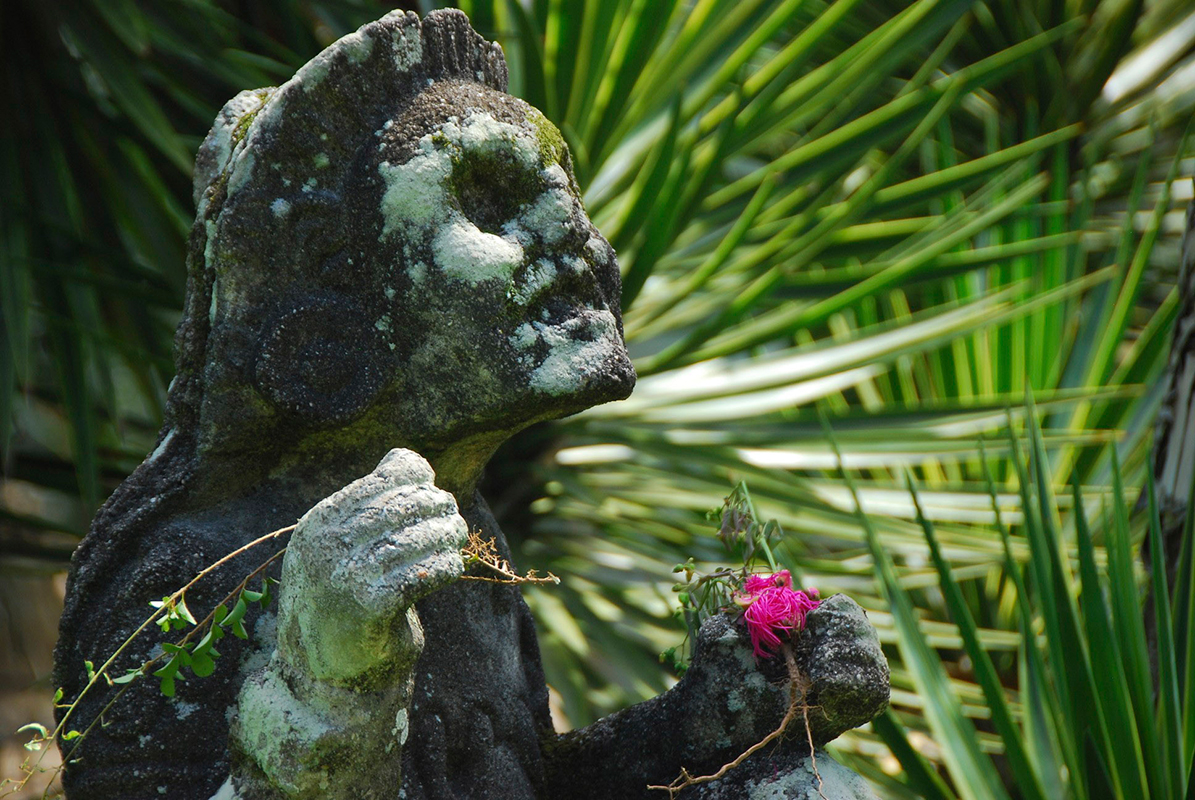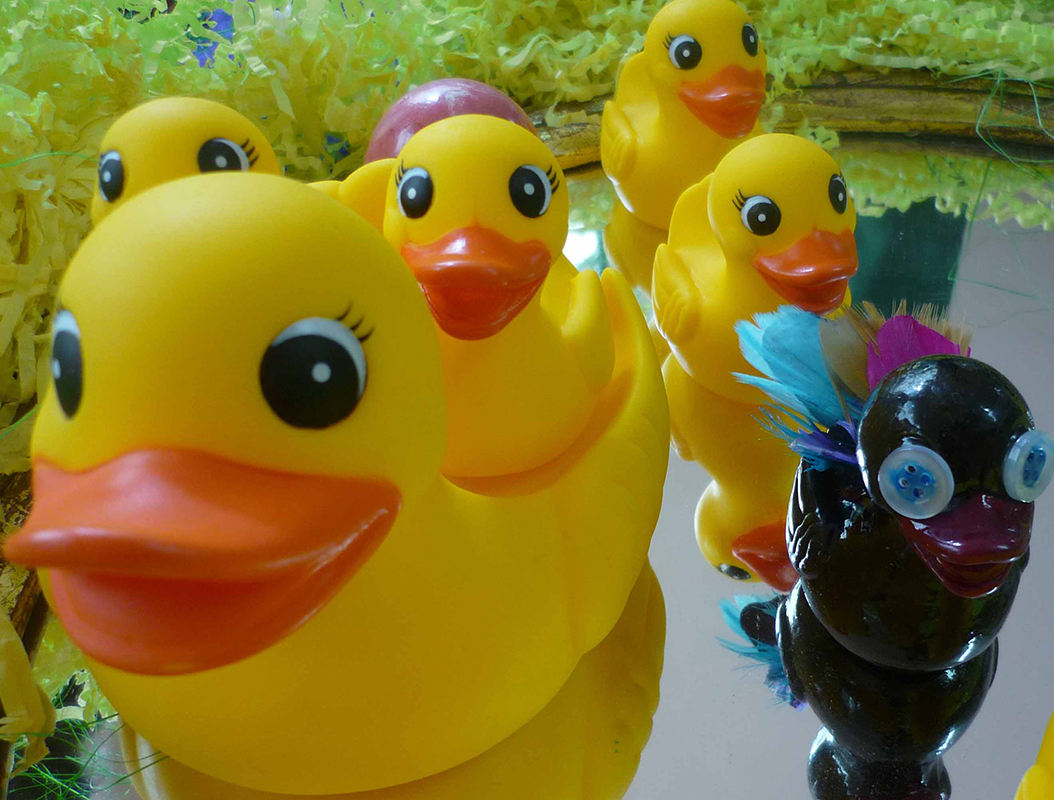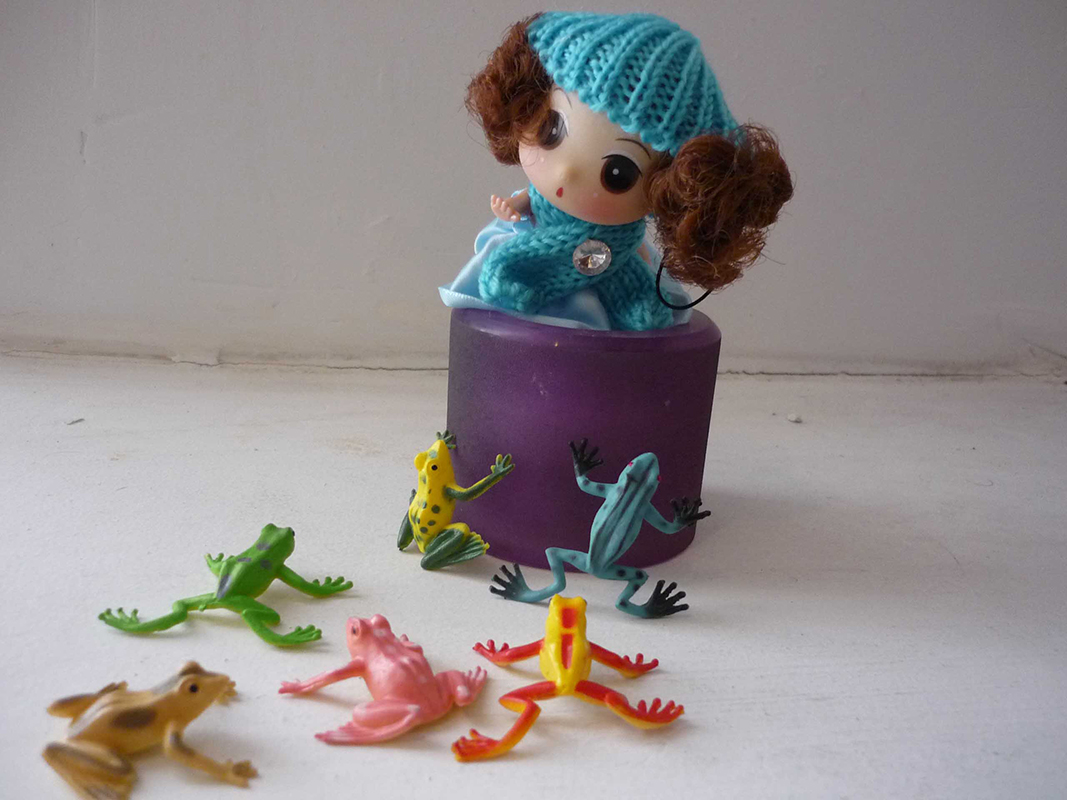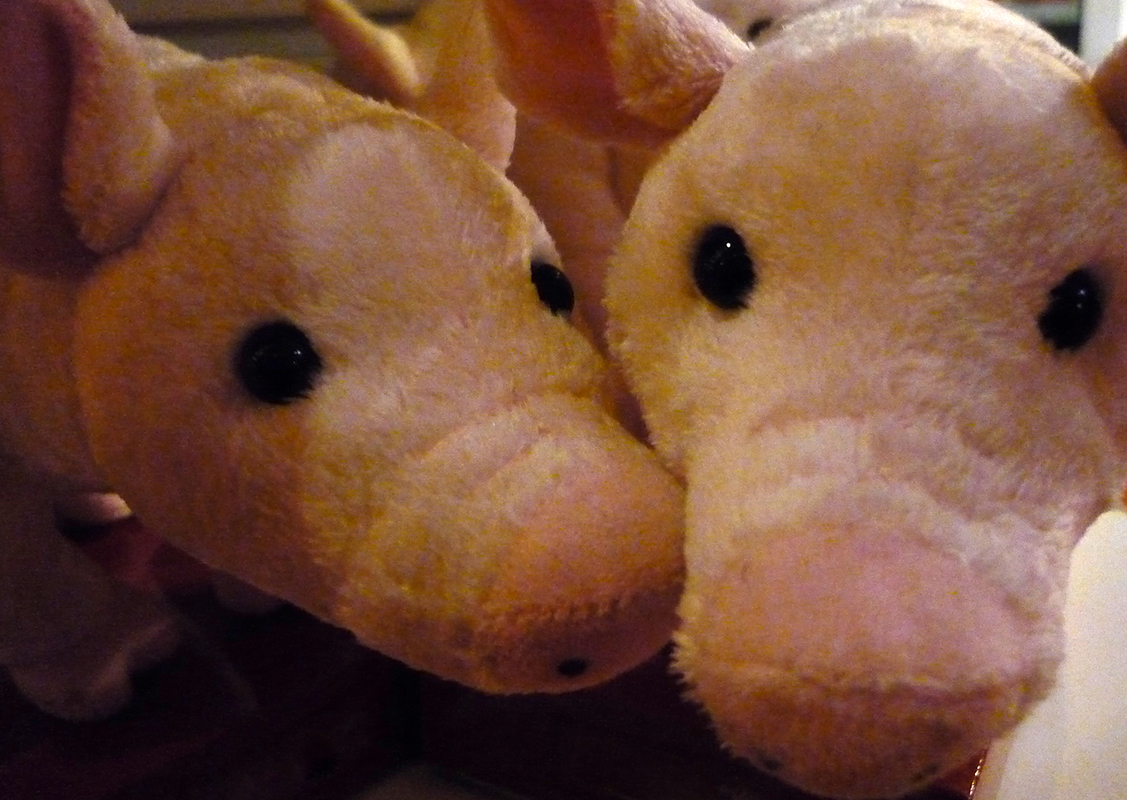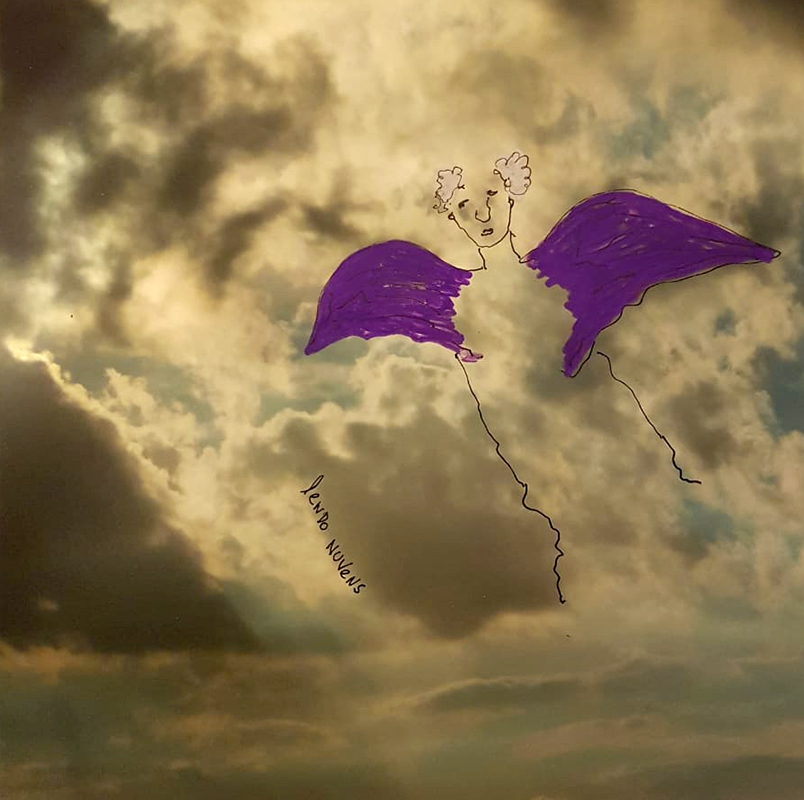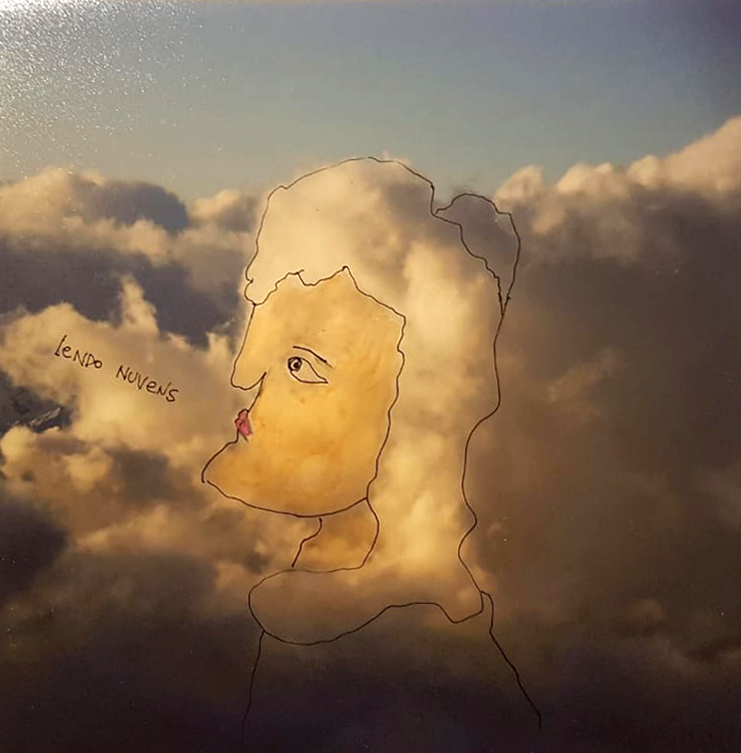ART
PHOTOGRAPHICS
Because it is always where we place it. And we never place it where we are. This has been poetically said of happiness so many times.
But this is not by far the only psychic issue that moves away from where it should be and remain. The what and the where the erotic and sexual were supposed to be have become boring, and what they shouldn’t be or remain becomes morbidly fascinating.
It is very hard to properly assess the statistics of child sexual abuse, even in developed countries, but approximately 7% of the cases happen to children between the ages of 5 and 8, 15% before the age of 12, and almost 50% before the age of 18. More than 75% of those are girls.
Child sexualization is closely related to child abuse. In turn, child sexual abuse is closely related to emotional problems and psychiatric diseases in adult life.
When eroticism is transferred to the place previously occupied by naivety and childhood, the body of the child ceases to exist for itself and starts to exist for the other – the eyes of the other, the delight of the other, the desire of the other.
The beauty standard in the Fiji Islands up to the beginning of the 1980’s was, for both men and women, a strong, voluptuous body.
Problems with strict diets, anorexia and dissatisfaction with one’s body used to be rare or inexistent before the electrification and introduction of the television signal coming from the United States. A few years later, a radical negative reassessment of cultural beauty standards took over teenagers.
“We don’t want to be like our mothers and our fathers, we don’t want to be the way we are; we want that body that comes from the image” has become the plainsong.
Strict diets, anorexia and bulimia, body dissatisfaction and the desire to mold the body into what is seen on television have taken over a large population of youth whose bodies are still being formed.
The ideal body is in another body that is not my body anymore, and the body of my culture has been placed afar to tantalize me.
Endowed with disconcerting irony, Katia Canton’s art denounces and disturbs.
With her teddy bears, bunnies, toys and dolls that should not be mixed with penises, vaginas and sexy Barbies with long boots.
Táki Athanássios Cordás
Psychiatrist (MD), writer and professor in the Institute of Psychiatry – FMUSP

